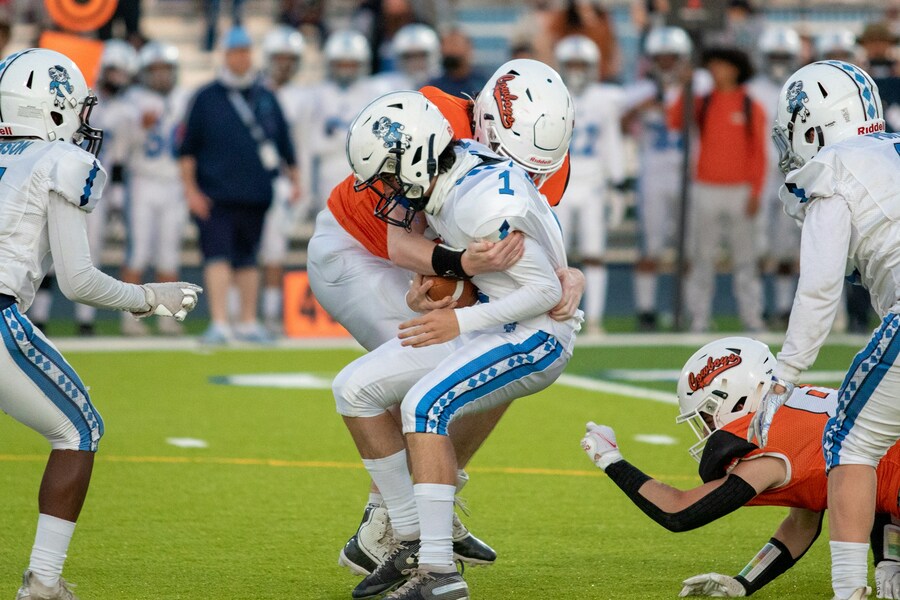The Los Angeles Dodgers secured a pivotal 4–2 victory over the New York Yankees on Saturday, putting them up 2-0 in the World Series. However, what should have been a night of celebration at Dodger Stadium was overshadowed by the uncertainty surrounding their superstar, Shohei Ohtani.
In the seventh inning, Ohtani, an offensive force throughout the postseason, suffered a partial dislocation of his left shoulder during a failed stolen base attempt. The injury stunned the stadium into silence, as Ohtani remained on the ground after sliding awkwardly into second base. While he eventually walked off the field, the air of concern lingered throughout the rest of the game, and the Dodgers’ victory celebration felt subdued.
A Silenced Stadium and Uncertain Future
Immediately following the final out, Ohtani, dressed in street clothes, quickly exited from Dodger Stadium, expressionless. Despite walking without a noticeable limp and a brace or cast on his shoulder, the concern surrounding his health was palpable. When asked about his shoulder as he headed toward the parking lot, Ohtani offered no response, leaving everyone guessing about the seriousness of his injury.
Dodgers manager Dave Roberts addressed the media postgame, offering what little information the team had at the time. “We’ll know more after the MRI,” Roberts said. “But the initial tests were encouraging. The strength and range of motion were great, so we’re hopeful.” Roberts emphasized that while they didn’t have the full picture, the early signs didn’t suggest a season-ending injury.
Injuries like Ohtani’s, a subluxation or partial dislocation, can be tricky. Roberts noted that if it’s a left shoulder injury for a left-handed hitter like Ohtani, it might be less concerning than an injury to his right shoulder, which takes more of the strain in his swing. However, only the results of the MRI will determine whether Ohtani can continue to play in the series or if the Dodgers will need to move forward without him.
Ohtani’s Impact: Beyond the Numbers
Ohtani’s presence in the Dodgers’ lineup is more than just his raw numbers—although those numbers are impressive in their own right. He’s likely to win his third Most Valuable Player award this year, and in the National League Championship Series, he posted a staggering 1.185 OPS. He is not only one of the best hitters in baseball but also one of the most feared.
The Yankees have managed to contain him for the most part during the first two games of the series. In Game 1, Ohtani was limited to just one hit—a crucial double in the eighth inning that led to the tying run. He was walked in Game 2, which set up the stolen base attempt that resulted in his injury. Despite his relative quiet at the plate, Ohtani’s mere presence changes how opposing teams approach the Dodgers. His ability to hit the ball out of the park or drive in key runs puts immense pressure on opposing pitchers, and that ripple effect impacts the entire game.
This was evident in Game 1 when Yankees manager Aaron Boone turned to starting pitcher Nestor Cortés in a high-leverage situation despite Cortés not having pitched in over a month. Boone opted for Cortés because he didn’t like the matchup between left-handed reliever Tim Hill and Ohtani, showing how much Ohtani’s presence can influence opposing managers’ decisions.
Though Ohtani flew out in that instance, the Yankees’ decision to go with Cortés ultimately led to disaster when Freddie Freeman followed with a walk-off grand slam. Ohtani may not always deliver in every at-bat, but his pressure often leads to mistakes, giving his teammates opportunities to capitalize.
Dodgers’ Dominance—But For How Long?
Despite Ohtani’s injury, the Dodgers have been the better team through two games of the World Series. Their starting pitching has outlasted the Yankees’, their bullpen has been more reliable, and their defense nearly flawless. Offensively, they’ve scored more runs while playing cleaner baseball overall.
But Ohtani’s injury threatens to change the trajectory of the series. The Dodgers’ lineup is deep, with stars like Freeman, Mookie Betts, and Max Muncy capable of carrying the load, but losing a player like Ohtani removes a unique dynamic from the team. He is a premier hitter and commands the kind of respect that forces opposing teams to rethink their strategies.
If Ohtani misses significant time or cannot perform at his usual level, the Yankees can adjust their pitching matchups and potentially gain an edge. Yankees pitchers have already shown an ability to keep Ohtani at bay, and without him looming in the lineup, they can focus more on shutting down the Dodgers’ other big bats.
Game 3 will be crucial for both teams. The series shifts to New York, and the Dodgers will have a day off on Sunday to regroup and hope for good news about Ohtani’s shoulder. Left fielder Teoscar Hernández, on the field when Ohtani went down, expressed hope that the off-day would provide Ohtani enough time to recover.
“I think a day off is just what he needs,” Hernández said. “Hopefully, he’ll be back out there Monday.”
Roberts, however, was more cautious in his assessment. He declined to speculate on how the team would handle things if Ohtani could not play in Game 3 or beyond, saying simply, “I’m expecting him to be there. I’m expecting him to be in the lineup.”
The Road Ahead
As the Dodgers head to New York with a 2-0 series lead, the uncertainty surrounding Shohei Ohtani casts a long shadow over their World Series run. They’ve been the better team so far, but the Yankees are no strangers to comebacks, and without Ohtani, the Dodgers’ path to a championship becomes significantly more difficult.
Ohtani’s injury has left both the Dodgers and their fans in limbo. The team will know more once the MRI results come in, but until then, all eyes remain on Ohtani’s shoulder—and his potential return to the lineup. The Dodgers can only hope their biggest star will shine again before the series is over.

